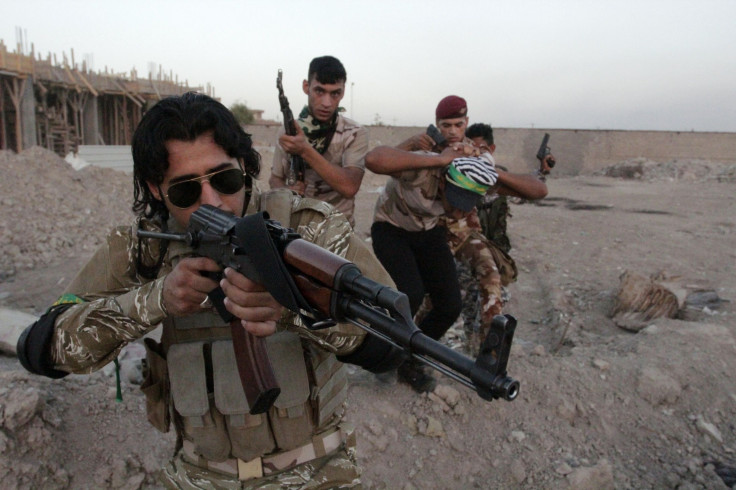$60 billion For War: Obama Requests Money From Congress To Arm And Train Syrian Opposition, Fight ISIS

With the threat of Sunni extremists associated with the Islamic State of Iraq and Syria (ISIS) taking over more land in the Middle East, President Obama requested $500 million from Congress Thursday to train and arm the moderate opposition in Syria. The request was part of the 2015 war-funding request, which totaled nearly $60 billion.
The request for $500 from Congress would go toward helping a Syrian opposition that is now waging an offensive against President Bashar al-Assad and also against extremist groups like ISIS. Over the past year, ISIS as well as Jabhat al-Nusra have become increasingly powerful, garnering new weapons and sums of cash.
The request for funds to train and arm the moderate opposition in Syria signals a change in the Obama administration’s foreign policy. Until last summer, Obama and his national security team were reluctant to officially take the Free Syrian Army under its wing. The administration claimed it did not have a good understanding of who was fighting under the umbrella of the opposition. It worried most that weapons would end up in the hands of extremists.
In August of 2013, Obama announced the CIA would begin training and arming a small number of vetted members from the Free Syrian Army. The program trained only a few hundreds soldiers a month.
Throughout last year, U.S. politicians urged the White House to ramp up the CIA program to level the playing field between Assad and the opposition. Leaders of the Free Syrian Army requested anti-aircraft missiles, also known as MANPADS, but the U.S. and other financers such as Saudi Arabia did not deliver them. Some reports indicated that specific opposition groups have Chinese-made FN-6 missiles in their possession, but it is unclear how they acquired them.
It's also not clear whether the new funds, if approved by Congress, would provide antiaircraft weapons. Without them, Assad and his military have unchallenged control of the skies. Since last month, regime forces have stepped up their offensives in other urban battlegrounds. The majority of government airstrikes in Syria are carried out with helicopters. In some instances, the government has embedded chlorine canisters within bombs despite its promise to destroy its chemical stockpiles.
In addition to the $500 million, Obama asked Congress for $58.6 billion for the war in Afghanistan and $1.4 billion in Overseas Contingency Operations funds for the State Department, which included $5 billion for a new Counterterrorism Partnership Fund and $1 billion for a European Reassurance Initiative.
According to Reuters, the White House said the counterterrorism fund would be used to respond to emerging threats by "empowering and enabling our partners around the globe."
About $2.5 billion of the request would be dedicated to training and equipping nations to fight terrorist groups that threaten the U.S. and its allies -- money that could be used to help fight ISIS in Iraq. The Obama administration proposed allocating about $140 million to provide assistance to the Iraqi government to help it better gather intelligence and address issues with its air sovereignty, logistics, maintenance and combined arms operations.
With the $140 million dedicated to helping Baghdad, plus the $500 million requested to arm and train the opposition in Syria, the White House essentially requested a total of $640 million to fight ISIS. No details have emerged regarding how that money would be spent or the number of soldiers it could train. But even without such specifics, it is clear from the request that the White House is deeply concerned about ISIS's recent military success and is intensifying its efforts to help those who are fighting back.
© Copyright IBTimes 2024. All rights reserved.





















